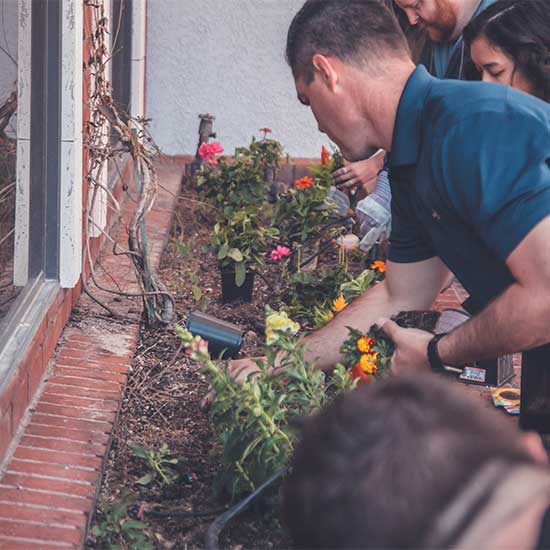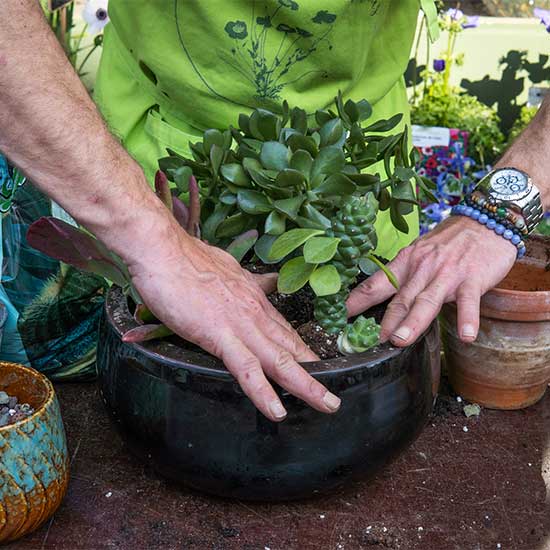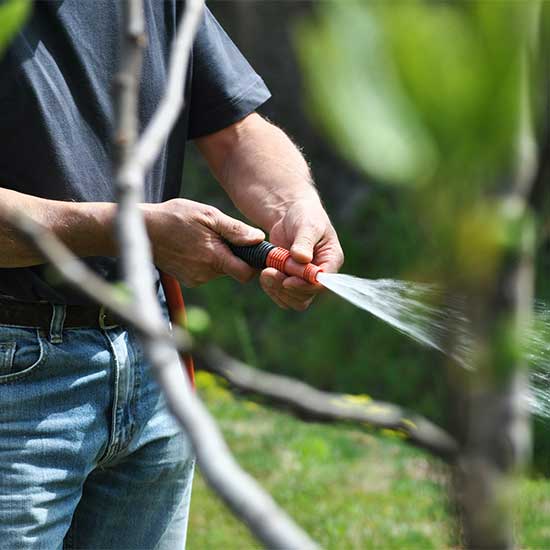Service

Urban Gardening

Urban Gardening: Cultivating a Greener City
Urban gardening is the practice of growing plants, fruits, and vegetables in urban areas. It involves utilizing various spaces, such as rooftops, balconies, patios, backyards, and even vertical walls, to create green pockets amidst the concrete jungle.
Image of rooftop urban garden with vegetables and flowersOpens in a new window
www.hgtv.com
rooftop urban garden with vegetables and flowers
This practice is gaining immense popularity for various reasons, including:
Increased access to fresh, healthy produce: Growing your own food allows you to control the quality and freshness of what you eat. It also promotes a sustainable lifestyle by reducing the carbon footprint associated with transporting food over long distances.
Enhanced mental and physical well-being: Studies have shown that gardening can significantly improve mental and physical health. It provides an opportunity for stress relief, relaxation, and physical activity.
Beautified urban spaces: Urban gardens add a splash of color and life to the concrete landscape, making cities more aesthetically pleasing and vibrant.
Increased biodiversity: Urban gardens create habitats for pollinators and other beneficial insects, contributing to a more diverse and balanced ecosystem.
Community building: Urban gardening can bring people together and foster a sense of community. Community gardens allow individuals to share resources, knowledge, and experiences, creating a stronger social fabric.
Here are some of the different types of urban gardens:
Community gardens: These are shared spaces where individuals can rent plots to grow their own food.
Rooftop gardens: These gardens are created on the rooftops of buildings, often utilizing containers and vertical gardening techniques.
Balcony gardens: These compact gardens are ideal for small spaces and can be created using hanging planters, window boxes, and other container gardening solutions.
Vertical gardens: These gardens maximize space by growing plants vertically on walls or fences.
Guerilla gardens: These gardens are planted on unused or neglected public spaces without permission.
If you're interested in starting your own urban garden, here are some resources to help you get started:
Books: "The Urban Gardener" by Niki Jabbour, "Vertical Vegetables & Fruits" by Carleen Madigan
Websites: https://www.thehappychickencoop.com/urban-gardening/
YouTube channels: https://www.youtube.com/channel/UCbYFhcKSE2mWYB0yD_Qr_8A, https://www.youtube.com/channel/UCbYFhcKSE2mWYB0yD_Qr_8A
Urban gardening is a rewarding and impactful activity that anyone can participate in. It allows you to grow your own food, improve your well-being, beautify your surroundings, and contribute to a more sustainable future. So, why not give it a try? You might be surprised at what you can grow!
Urban Gardening: Cultivating a Greener City
Urban gardening is the practice of growing plants, fruits, and vegetables in urban areas. It involves utilizing various spaces, such as rooftops, balconies, patios, backyards, and even vertical walls, to create green pockets amidst the concrete jungle.
Related Services

Landscaping
Landscaping is the art and science of designing and modifying the visible features of an area of land. It includes everything from planting trees and shrubs to installing patios and walkways.
Read More
Pruning plants
Pruning is a vital practice in garden maintenance, shaping plants, encouraging growth, and enhancing their appearance. By strategically removing parts of a plant, you can promote better air circulation, prevent disease, and stimulate new growth.
Read More
Irrigation & Drainage
Both irrigation and drainage play crucial roles in maintaining a healthy and productive garden. While irrigation provides water to plants, drainage ensures excess water doesn't harm them.
Read More